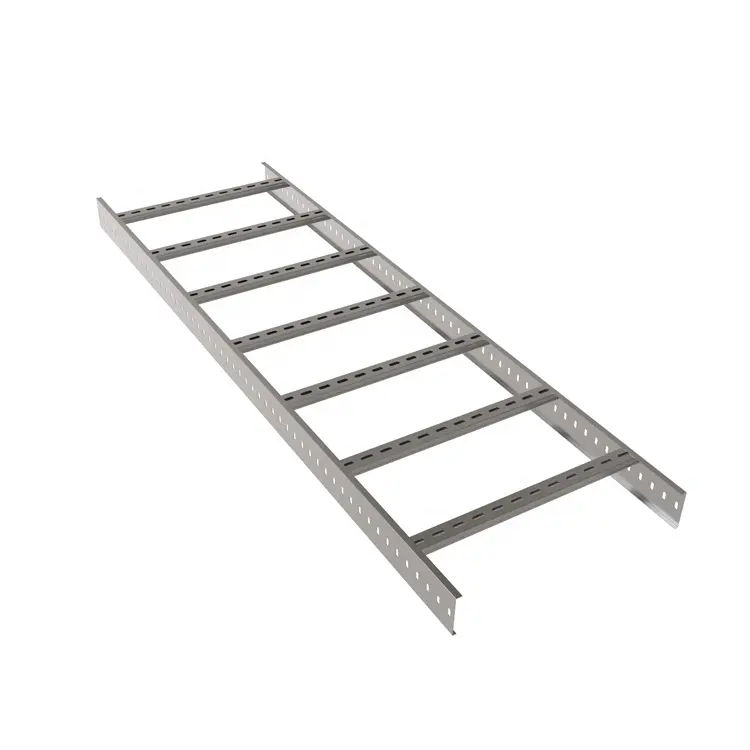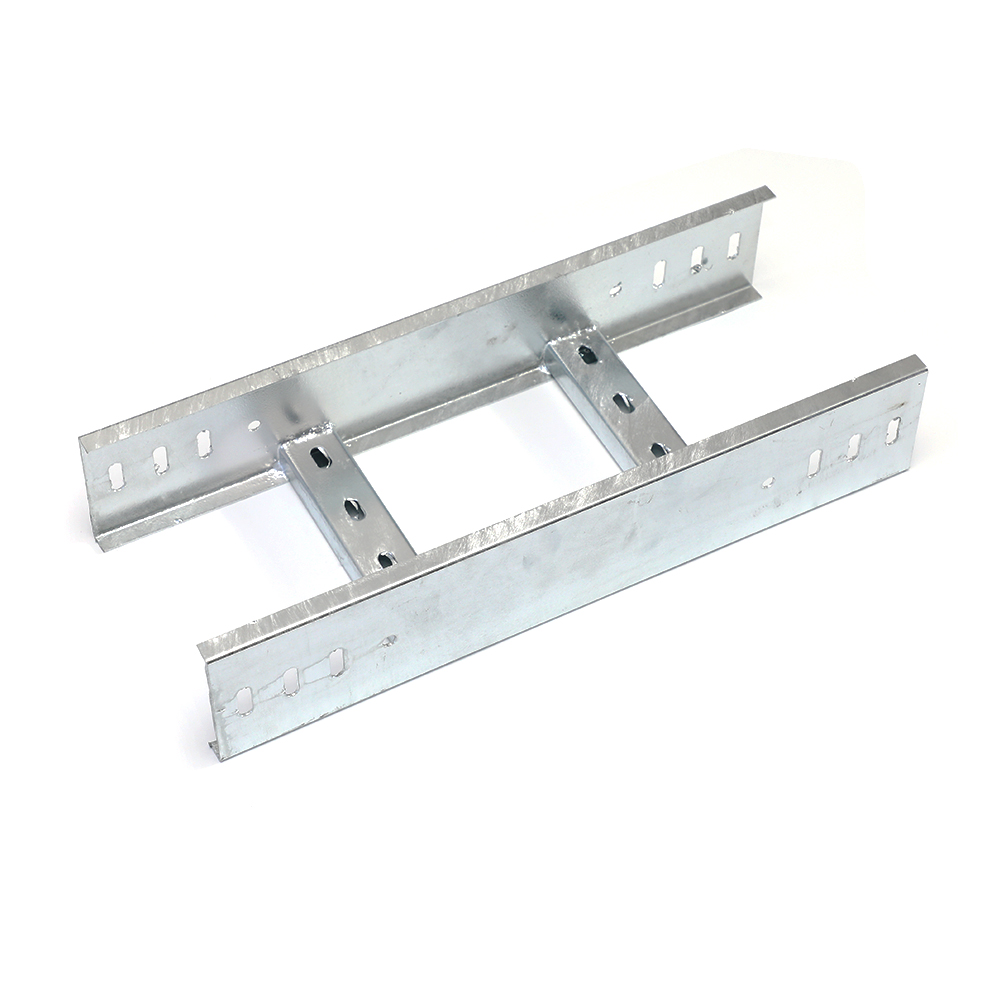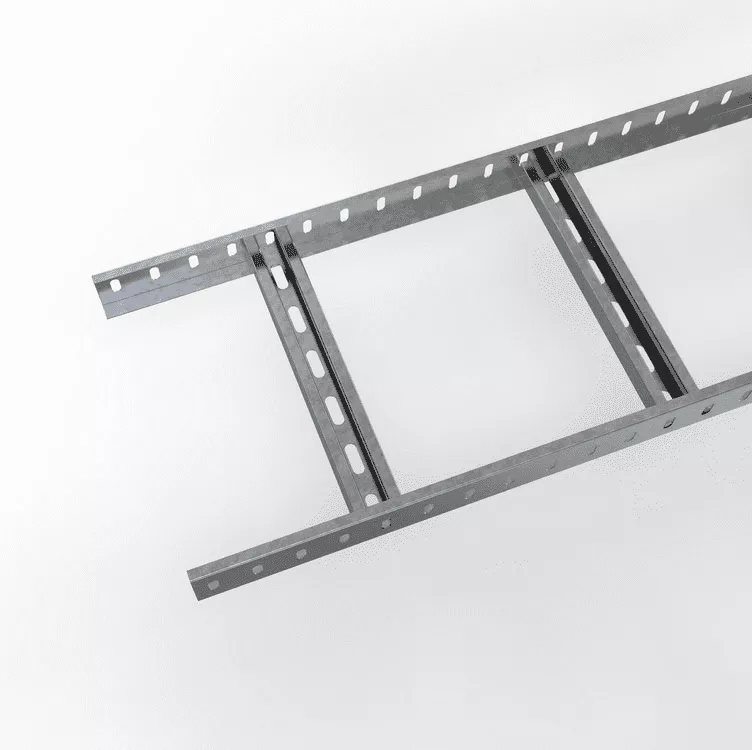Cable ladders form a fundamental part of cable management systems in industrial, commercial, and sometimes residential settings. Proper sizing of a cable ladder is critical to ensure safe, efficient, and compliant cable installations. This comprehensive guide outlines the key factors to consider when sizing a cable ladder, including load capacity, cable fill ratios, environmental factors, and installation specifics.
1. Understanding Load Capacities
The primary factor to consider when sizing a cable ladder is its load-bearing capacity. The ladder must be strong enough to support the total weight of the cables it will carry, plus any additional mechanical loads during installation and throughout its service life. This includes:
Dead Load: This is the static weight of the cables themselves, which varies depending on the type, size, and quantity of cables installed.
Live Load: This refers to the dynamic loads placed on the ladder, such as the temporary weight of workers during installation, repair, or maintenance activities.
Cable ladders are typically rated by their loading capacity per meter or foot. Steel and aluminum cable ladders have different load-bearing capabilities, so always refer to the manufacturer’s specifications for accurate information.
2. Cable Fill Ratio
Another critical aspect of cable ladder sizing is adhering to the cable fill ratio. Overloading the ladder can lead to overheating issues, restricted airflow, and difficulty in future cable additions or maintenance. The National Electric Code (NEC) or equivalent local standards provide guidelines for maximum allowable cable fill percentages based on the cross-sectional area of the cable ladder’s rungs and side rails.
Measure the total usable area of the ladder rungs and calculate the percentage of this area that should be occupied by cables. Different standards may specify varying fill percentages; therefore, check applicable codes before determining the cable ladder width and depth.
3. Environmental Factors
Consider the environment in which the cable ladder will be installed:
Temperature: High ambient temperatures can affect cable insulation and increase cable sagging, necessitating wider spacing between rungs or deeper cable ladder sections to prevent cable-to-cable contact.
Corrosion Resistance: If the cable ladder is to be installed in a corrosive environment, choose materials such as stainless steel or coated aluminum to withstand degradation.
Fire Rating: In some locations, especially in public buildings or hazardous areas, cable ladders may need to meet specific fire-resistance ratings.
4. Spacing Between Rungs
Rung spacing affects the number and size of cables that can be safely supported. The closer the rungs are spaced, the more cables the ladder can accommodate. However, excessive numbers of cables can impede air circulation, which is vital for cooling. Therefore, balance the need for cable density with the requirement for adequate airflow.
5. Length and Configuration
Determine the length of cable ladder required based on the distance between supports. Also, consider the configuration of the ladder, which could involve straight lengths, tees, crosses, reducers, or bends. These elements should be selected to fit the layout of the facility and to ensure proper support at all points.
6. Accessories and Supports
Don’t forget to include accessories like cable ties, clamps, and supports in your calculations. These items help secure cables to the ladder and maintain proper separation. Additionally, structural supports such as brackets, hangers, and cleats must be appropriately sized to bear the total load of the loaded cable ladder.
7. Future Expansion
Always plan for potential future expansion or changes in cable systems. Selecting a cable ladder that has extra capacity now can save time and money later when adding new cables or upgrading existing ones.
Conclusion
Sizing a cable ladder requires careful consideration of numerous variables. By thoroughly assessing load capacity, cable fill ratios, environmental factors, and installation details, engineers and electricians can ensure that the chosen cable ladder system provides reliable and safe cable management over the long term. Always consult relevant industry standards and guidelines, and engage with experienced suppliers who can provide expert advice tailored to your specific project requirements.




